INTRODUCTION

With graphics cards prices finally dropping to around MSRP ranges now is probably the time for people to upgrade their systems or even build new ones. Now, the benefits of having a good power supply unit in your system have been mentioned by me more times than i can possibly count during the almost 15 years I’ve been testing them but even so it seems that many people still place this specific hardware component last in their lists. This is clear from people who've gone out and bought the latest NVIDIA and AMD cards only to pair them with mediocre power supply units at best with rather disappointing results. Of course, not everyone can afford to spend that much on a new graphics card so if you're out in the market for a mid-tier model then the G12 GC-850 model by our friends over at Seasonic should easily cover your needs.
Sea Sonic Electronics Co., Ltd was founded more than 40 years ago by engineers. Since its early beginnings the company has rigorously maintained its focus on the research, development and production of technologically advanced, high quality products. In 1981 Sea Sonic expanded into the production of PC power supplies to become one of the first manufacturers in this market. Soon after, the manufacturing of high quality and performance PC power supplies became the core identity of Sea Sonic.
The G12 GC line of power supply units by Seasonic currently includes 550/650/750/850W output models all of which feature low-profile (slim/flat, minus the main MB connector) power cables hardwired onto the main unit (fixed) and sport the 80 PLUS Gold Certification (up to 90% electrical efficiency). The G12 GC-850 model also features a single strong +12V rail (70A) capable of delivering 98% of the units total rated output (840W), active PFC (up to 99%), peak power output of around 955W and a sleeve bearing 120mm fan with smart control. Seasonic covers their entire G12 GC line with a 5-year limited warranty and has equipped it with a substantial number of electrical protections including over-current (OCP), over-voltage (OVP), short-circuit (SCP) and over-power (OPP).
SPECIFICATIONS AND FEATURES

PACKAGING AND CONTENTS
The G12 GC line is shipped inside a black and blue box the front of which has the model’s name, company logo, main features, warranty period and the 80 Plus Gold logo.
On the left side we find the specifications table along with a list of available power cables.
At the base of the box Seasonic has placed the features list in 11 languages.
Two graphs at the rear of the box showcase the electrical efficiency and cooling system of the G12 GC line.
Opening the box reveals the unit placed between two thick black foam spacers.
Along with the unit itself and its power cord inside the box you'll also find 4 cable ties, 4 mounting screws and the installation guide.
THE G12 GC-850 EXTERIOR
Even though the main motherboard power cable (24pin) uses a sleeved round cable every other cable is low-profile/flat/slim.
The G12 line follows the typical ATX factor so the GC-850 model measures 150mm in width, 140mm in length and 86mm in height.
Under a somewhat plain grille at the top Seasonic has placed an 120mm intake fan.
The unit's electrical table is printed on a sticker located on the left side of the enclosure.
At the rear we find the typical perforation, on/off power switch and the power port.
THE G12 GC-850 INTERIOR
The 120mm sleeve bearing fan is manufactured by Yate Loon and can reach speeds of up to 2200RPM to produce up to 88CFM of airflow with just 40dBA of noise.
This is the first time I’ve had a power supply unit on my test bench manufactured by the Chinese Helly Technology (build quality seems decent enough).
Primary capacitor is manufactured by the Taiwanese Ltec and are rated for use up to 105 degrees Celsius.
Secondary capacitors are manufactured by the Chinese Fuhjyjin electronic (Asia'X and Suike probably) all of which are also rated for use up to 105 degrees Celsius.
TEST BED


TESTING METHODOLOGY
Using a dedicated measurement instrument such as a Chroma or a SunMoon to test power supply units is without doubt the most ideal and accurate way (not to mention the fastest) to do that currently. However, it's certainly not the only way there is and so pretty much anyone can test a power supply unit just by using a test rig. Certainly, limitations do apply and so you can't really push a 1000W power supply to its limits if your system only uses 500W at peak loads and that's why over the years we saved certain hardware components for the purpose of building a dedicated PSU test rig. True it may not be as accurate as the above mentioned solutions but it comes really close and is in fact much closer to real world usage. So as always, we ran several games with maximum graphic options enabled at a resolution of 2560x1600 in order to stress every hardware component and increase the overall power demands of the system. The Passmark BurnIn Test was also used to overstress the components in an effort to provide the most accurate results possible. As a final test we also used the latest OCCT 4.4 software and its dedicated PSU testing suite since it can really bring a power supply to its knees after inside a few minutes.
Rail stability was checked/measured with the CPUID Hardware monitor and a Metex multimeter which also recorded the system load in idle and in load. As always try to remember that the power consumption numbers listed in the graph are the highest (Peak) ones recorded during the entire duration of the tests and not the average ones. Noise levels coming from the fan were recorded using the high precision HD600 ExTech Sound dBA Meter from the rear of the unit and at a range of no more than 5-10cm. Readings under load are recorded the exact moment we manually switch the fans of all graphics cards from full speed to almost zero, that way the fan of the power supply does not have enough time to slow its RPM and so by doing this we get very accurate noise level readings. Needless to say, in order to get 100% accurate readings, you need to have a noise isolated room for that exact purpose, something which is quite impossible unless you are working inside a real lab (some people use very small noise insulated boxes but due to their size both heat and noise exceed normal levels and so the results can't really be considered to be 100% accurate, nor realistic for that matter). Also do take into account that since all noise measurements take place from just 5-10cm away the final noise levels to reach your ears will be considerably less.
* After well over 10 years of testing PSUs the Intel Core i7-920 CPU of this rig failed and so we replaced it with a Xeon X5660 (we also swapped the GA-X58A-UD7 for the G1. Assassin).
TEST RESULTS



CONCLUSION

Over the years I may not have heard the best things about power supply units manufactured by Helly Technologies but on one hand the G12 GC-850 passed all my tests without issue (rail stability proved very good, especially for a mid-tier model that is) and on the other I seriously doubt Seasonic would risk their reputation by releasing a mediocre unit in the market. That being said even though build quality is quite decent overall I can’t ignore the fact that Helly has used Taiwanese and Chinese capacitors and that clearly deducts more points from the final result. Of course, these capacitors may never fail and so I’m not being fair towards their manufacturing companies but in this market, reputation matters and both Taiwanese and Chinese capacitors simply don’t have the best (and consumers tend to pay extra attention to this). Noise levels are also somewhat high at load and even though this is nothing new for low and mid-tier power supply units it could deter some potential buyers (even though as always chances are your GPU will be louder at load).
The G12 GC-850 850W 80 Plus Gold power supply unit currently retails for around USD145 inside the USA and for 104.10Euros inside the EU (Amazon.de) a price tag which is indeed balanced for a Seasonic model. Long story short the G12 GC-850 may not be award winning material but it does perform well, produces quite a bit of output, has a relatively strong +12V rail and is 80 Plus Gold certified so I strongly suggest giving it a chance if you’re out in the market for a power supply unit around its wattage and price range.
PROS
- Very Good Rail Stability
- 80 Plus Gold Certified
- Electrical Protections (OCP/OVP/SCP/OPP)
- Strong Single Rail (70A)
- 5 Year Limited Warranty
- Price (For Some)
CONS
- Overall Build Quality (Helly OEM)
- Noise Levels (At Load)
- Fixed Cables (For Some)

 O-Sense
O-Sense





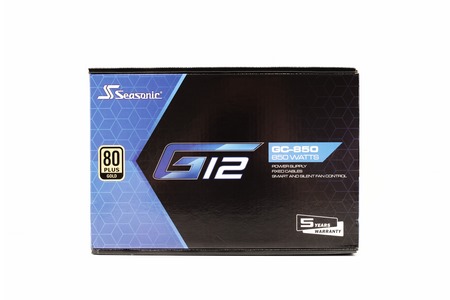



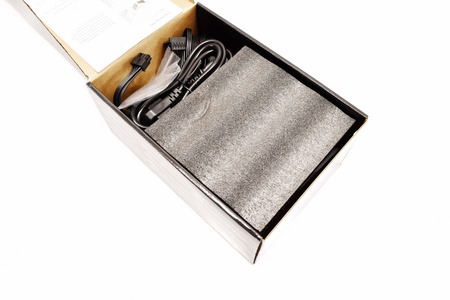
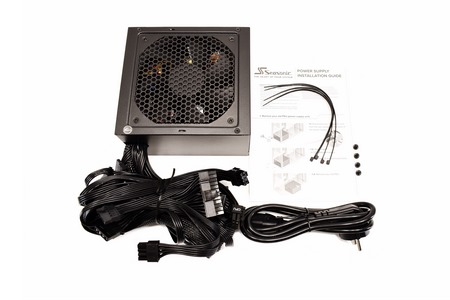
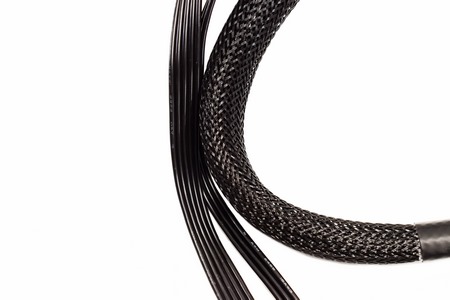
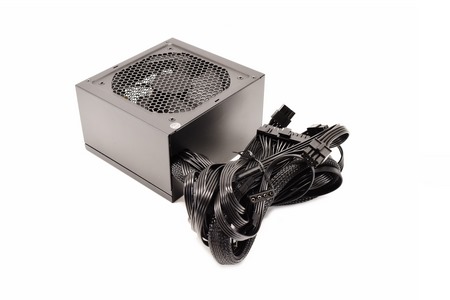

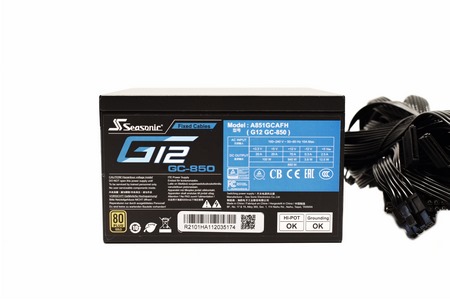


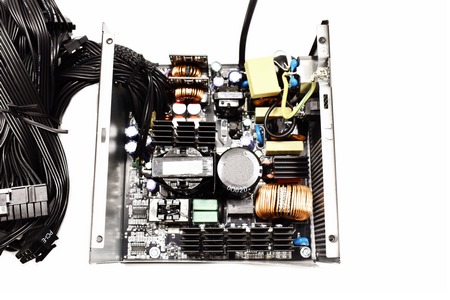


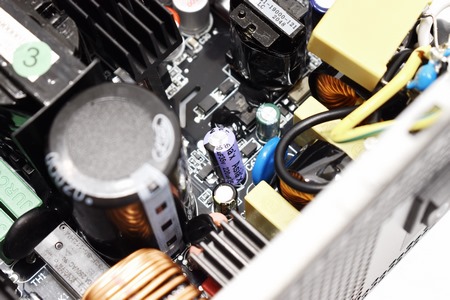



.png)

